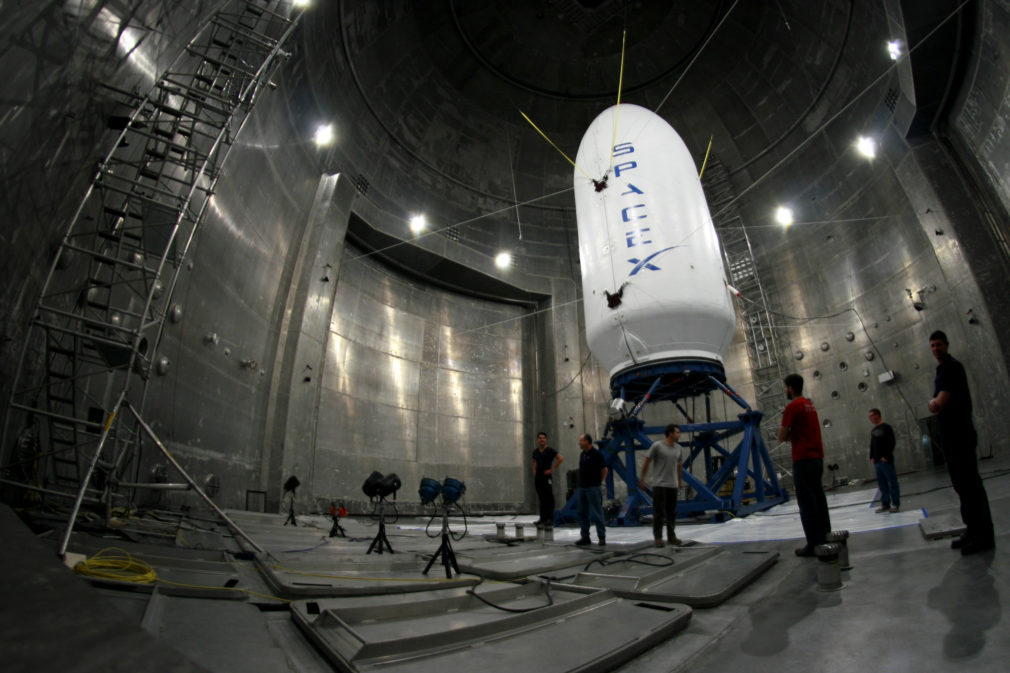In yet another milestone for ISRO and its heavier, indigenously developed GSLV rocket, the Indian space agency today successfully launched one of India’s heaviest self-launched communication satellites till date — the 2.1 Tonne GSAT-6.
This is the second consecutive success with GSLV’s indigenous cryogenic engine capable of carrying 2-2.5 tonne class of spacecraft. GSLV is the very rocket which will take India’s manned Moon and Mars missions to success, and also India’s future planned interplanetary missions to Venus and other planets.
A S Kiran Kumar, Chairman of ISRO, says,
It is a result of tremendous amount of hard work put in by the entire team to build in an indigenous cryo engine and today’s performance of the launch vehicle clearly demonstrates that all the systems have been performing very normally and the various intricacies of the cryogenic engine performance and the systems have been understood.
As of now, India depended on European space agency Arianne for heavier satellite launches, which costed ISRO anywhere between $80-$90 Million. For the sake of comparison, the entire cryogenic engine technology has been developed by India for an amount, much lesser than what it pays to Arianne, 400 Crores to be precise.
This was the ninth flight for India’s heavy duty GSLV rocket, and the fifth developmental one. Do note though, that this isn’t the Mk III version — the engine for which — was tested by ISRO successfully earlier. This is GSLV Mk. II and can take satellites upto 2.2 tonnes up into the geostationary orbit. ISRO is planning to launch the GSAT 7A and 9 satellites via the same rocket too.
The 49.1 metre, weighing 416 tonne tall rocket blasted off at 4:52 pm and successfully completed the mission in 17 minutes from launch. It may be noted current GSLV rocket of Isro’s can carry a capacity of around 2.2 tonnes.
The rocket carrying the cuboid shaped GSAT-6 communication satellite weighing 2,117 kg slung it in GTO around 17 minutes into the flight, notes Business Standard. And as has been a rather tradition with ISRO’s launches lately, the entire mission went on with clinical precision.
GSAT-6 will be the 25th communication satellite which India has sent into space and the twelfth in the GSAT series including one in 2001, 2003, 2004, 2007 and 2014 respectively.




